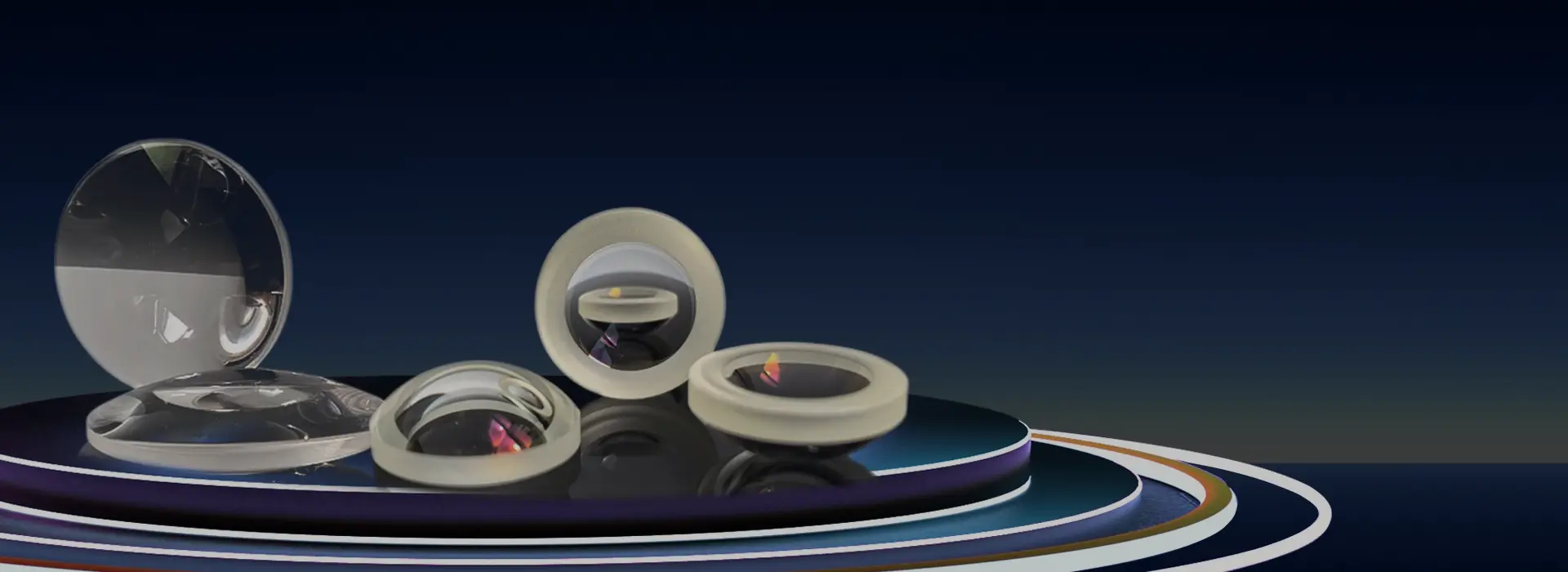Optical lenses are essential elements in many optical components, primarily used for imaging, focusing, collimating, and diffusing beams. They affect the wavefront curvature of light and can either converge or diverge light, producing real or virtual images. These lenses are widely used in high-tech fields such as security, digital cameras, high-power lasers, and optical instruments.
Bena Optics currently operates two machining systems: high-speed polishing and classic polishing. High-speed polishing is mainly used for batch commercial products, while classic polishing is employed for repairs, large sizes, specific material requirements, and other special circumstances. Additionally, classic polishing serves as a pretreatment for aspherical surface processing. This dual approach allows Bena Optics to meet diverse customer needs and maintain high-quality standards across various applications.

A spherical lens has a uniform curvature across its surface, making it widely used in optical devices like telescopes, microscopes, and camera lenses. Key features include:
Uniform Light Refraction: Acts as a collection of infinite prisms, providing uniform convergence and divergence of light, enabling image formation.
Imaging Quality: Spherical lenses have spherical aberration, where light passing through the center and edges focuses at different points, limiting high-precision imaging applications.
Application Range: Due to low cost and simple manufacturing, spherical lenses are widely used in various optical devices, especially in low-cost consumer products.
Additionally, spherical lenses are uniquely applied in coupling between optical fibers, lasers, and detectors, and in collimating fiber beams in dense wavelength division multiplexing (DWDM) systems.
Spherical optical lenses are widely used in various optical devices for focusing, collimating, or expanding light, and forming images. Their applications span metrology, microscopy, aerospace, medical technology, laser systems, and security.
Metrology: Spherical lenses are commonly used in tactile measurement methods, such as profilometers or 3D coordinate measuring machines.
Microscopy: Spherical lenses focus light, enabling microscopes to observe tiny objects.
Aerospace: Spectrometers installed inside satellites use spherical lenses for spectral analysis.
Medical Technology: Spherical lenses are used in ophthalmic examinations, such as slit lamp examinations of the anterior segment of the eye.
Laser Technology: Spherical lenses are used for light control and collimation in laser systems.
Traffic and Security: Lens technology is widely applied in automotive and security devices, such as digital cameras and laser pointers.
